The long-awaited Bitcoin spot ETF has finally been listed. Have you participated? How can you buy the Bitcoin spot ETF? How are the costs calculated? And what are the differences in costs compared to other investment channels?
Table of Contents
Toggle
What fees are included in ETF costs?
How are ETF costs calculated?
What are the options for buying and selling Bitcoin? How are the costs calculated?
Bitcoin Spot ETF
Trading Bitcoin directly on the blockchain
Trading on Coinbase
Is MicroStrategy a good alternative option?
Why invest in Bitcoin spot ETFs?
ETFs have evolved from funds, so they are similar in nature to funds. The only difference is that the trading channels for ETFs are different from traditional funds because they are listed directly on exchanges (ETF stands for Exchange Traded Fund, which means funds traded on exchanges), so they can be traded directly through securities brokers.
The fees charged by traditional funds are also applicable to ETFs. In the United States, they are packaged into an annualized expense ratio and charged to investors. These fees include:
Advertising – continue scrolling down for the full article
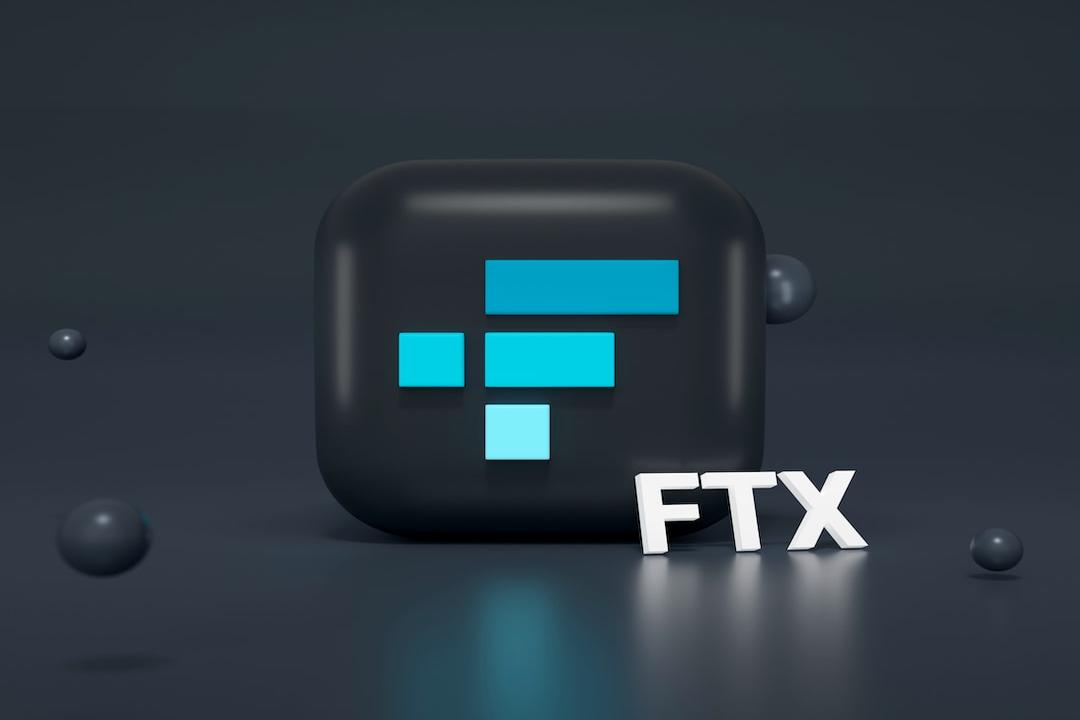

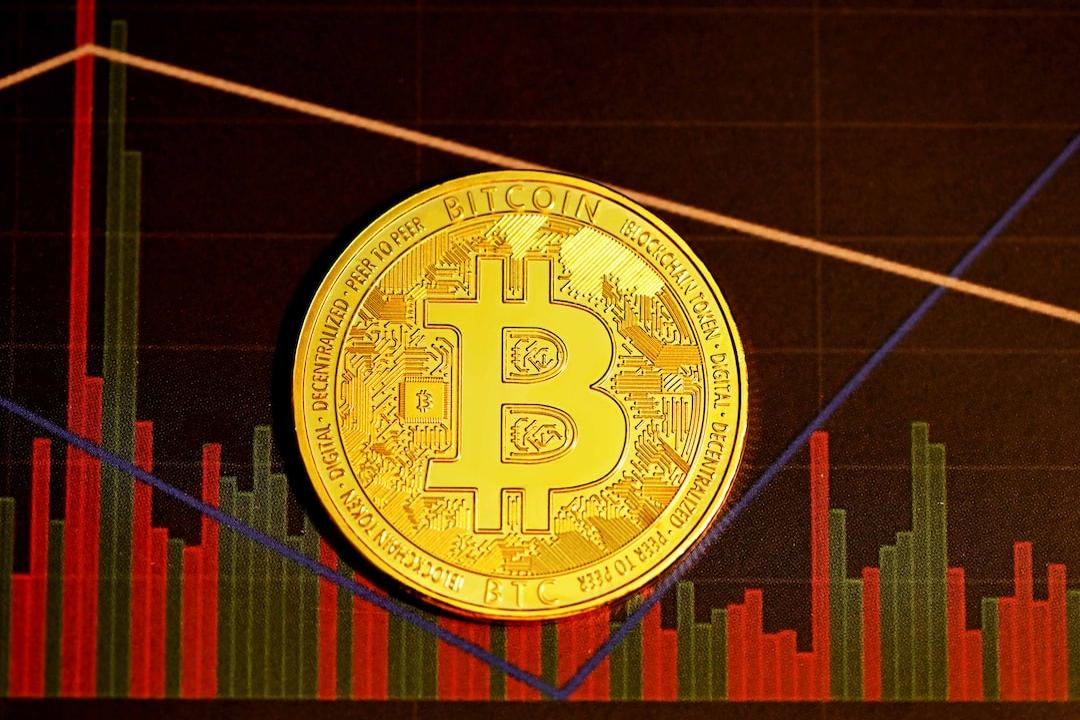
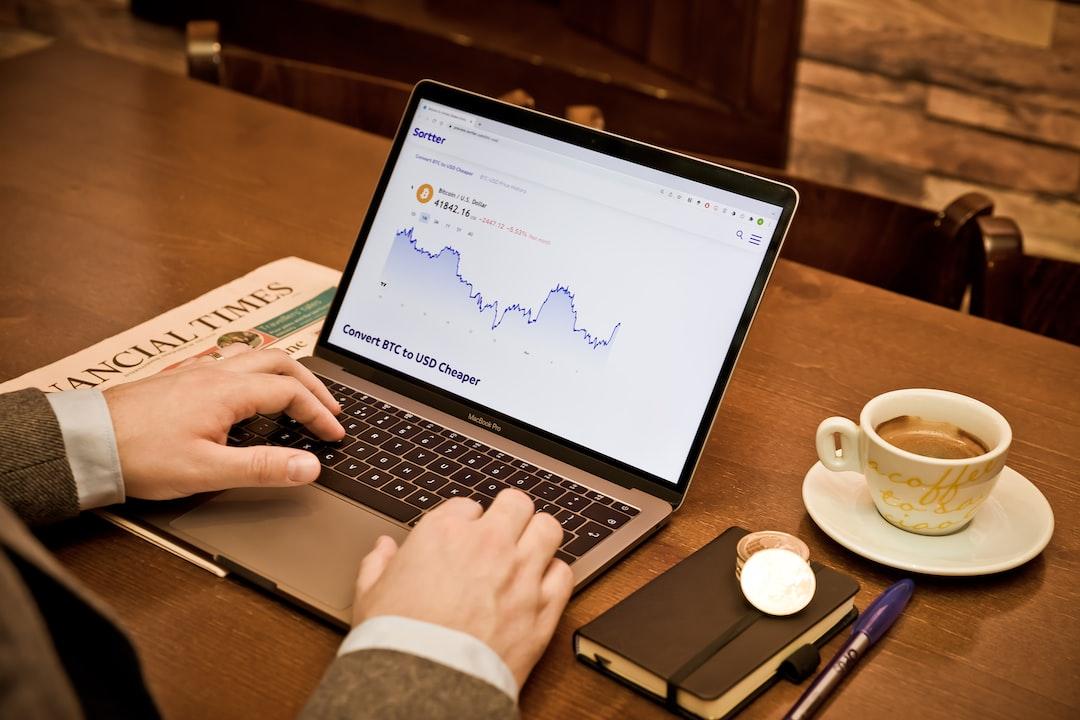
Management fee: the cost of professional fund managers handling your investments
Custodial fee: the fee paid to custodian banks for the fund structure
Turnover cost: the cost incurred from buying and selling to adjust the investment portfolio
Other administrative expenses for managing the fund
Because most ETFs track indexes or specific assets (such as the S&P 500 or gold) and do not require active fund management by fund managers, the costs are much lower compared to traditional funds. Taking the largest ETF by scale, SPY (SPDR S&P 500 ETF), as an example, its annualized expense ratio is 0.0945%, far lower than the 0.75% of the flagship fund ARKK managed by Ark Invest.
ETFs charge investors an annualized expense ratio, and it is deducted internally. For example, if the internal expense ratio is 0.4%, it means that 0.4% of the total assets will be gradually deducted over the course of a year. Because it is deducted directly from the fund’s net asset value, it reflects in the ETF’s price, making it difficult for ordinary investors to notice.
Taking the example of BlackRock’s IBIT, it offers a 0.12% discount for the first 12 months or the first $5 billion, and then reverts to 0.25%.
First 12 months or first $5 billion: daily charge of 0.12%/365 = 0.0003288%
Afterwards: daily charge of 0.25%/365 = 0.0006849%
We can see that the daily net asset value and trend of the fund are already after deducting these fees.
The following is a list of fees for the 11 approved Bitcoin spot ETFs. If we do not consider initial discounts, the fees range from 0.2% to 1.5%.
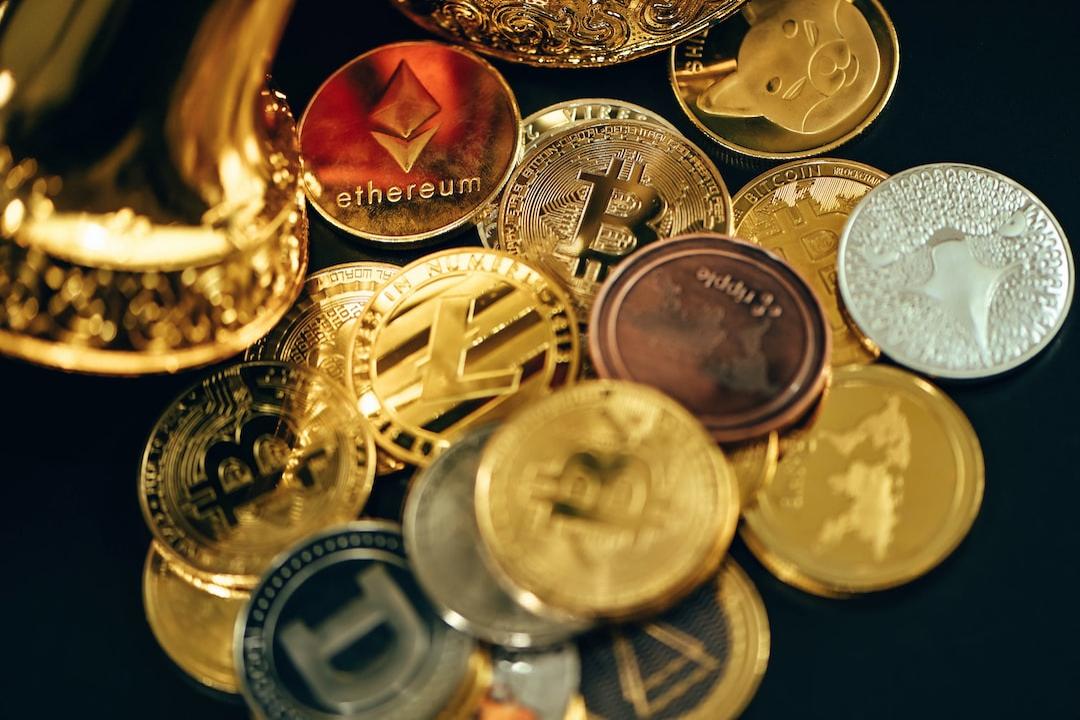

Other options for investing in Bitcoin include buying Bitcoin directly on the blockchain, purchasing Bitcoin through Coinbase, and holding Bitcoin as an alternative investment through business intelligence company MicroStrategy. How are the costs calculated for these options? ChainNews has compiled a list of related fees as follows:
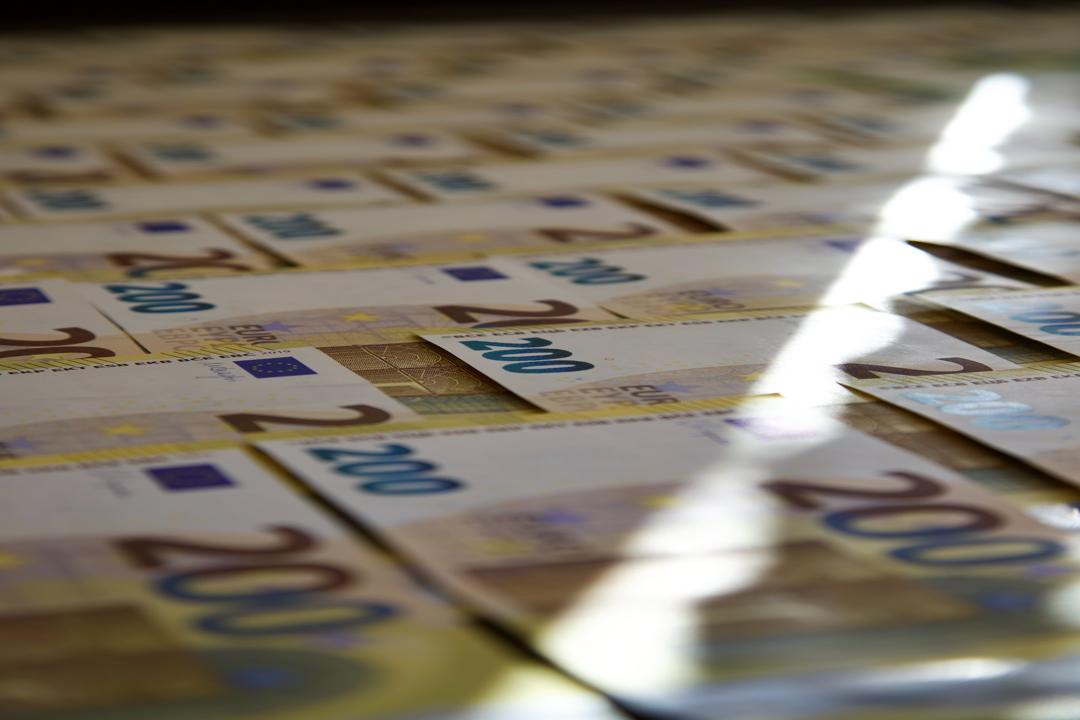

Note: The U.S. withholds a 30% tax on dividend income, which cannot be avoided by U.S. citizens or foreign investors (although foreign investors can apply for exemption, the process is quite complicated). However, MicroStrategy has never distributed dividends in the past, and the largest gold spot ETF, GLD, also has no dividend distribution record to date.
Huang Hou-ming, Deputy Director of the Securities and Futures Bureau of the Financial Supervisory Commission, stated in a meeting on the 11th that under the Limited Fund Management Regulations, domestic investment trusts in Taiwan are not allowed to issue Bitcoin ETFs. It would also be illegal if the sale of overseas related funds is not approved. Therefore, Taiwanese investors can currently only buy and sell Bitcoin spot ETFs through overseas brokers.
When trading ETFs, overseas brokers charge transaction fees to investors (although platforms like eToro and Robinhood claim to have zero transaction fees). Like all funds, ETFs also charge invisible management fees, which are continuous.
Income from ETF-related dividends and capital gains taxes are also clear. Although looking at the example of the gold spot ETF, Bitcoin spot ETFs may not distribute dividends. Capital gains from overseas investments made by Taiwanese individuals are subject to taxation as part of their annual overseas income.
The main cost of buying and selling Bitcoin directly on the blockchain is the gas fee!
The reason Coinbase is specifically mentioned is that after the launch of the ETF, some foreign media highlighted that Coinbase’s fees are higher than those of Bitcoin spot ETFs. However, in the options for individuals to buy and sell Bitcoin, Coinbase plays the role of an “exchange,” similar to the transaction fees charged by brokers. In fact, transaction fees are one-time fees incurred at the time of buying and selling and are not continuous like the internal expense ratio of ETFs. When trading ETFs, brokers also charge transaction fees to investors (although platforms like eToro and Robinhood claim to have zero transaction fees).
However, it is strange that a Coinbase spokesperson did not come out to clarify this and instead claimed that they have no plans to reduce fees. Perhaps compared to brokerage transaction fees, Coinbase’s fees ranging from 0.05% to 0.60% appear more expensive. Currently, Coinbase does not provide services in Taiwan.
(
Multiple Bitcoin ETFs have lower fees than Coinbase, spokesperson: No plans to reduce transaction fees
)
MicroStrategy founder Michael Saylor has recently shown great excitement about the launch of the Bitcoin spot ETF and compared it to an IPO.
As planned before, Michael Saylor has been selling 5,000 shares of MicroStrategy stock daily from January 2nd to April 25th for buying Bitcoin with full confidence.
(
MicroStrategy founder Michael Saylor starts daily stock selling plan to buy Bitcoin
)
In a previous earnings conference, MicroStrategy also heavily promoted its own stock, claiming that holding Bitcoin through their stock has the following advantages, so buying MicroStrategy is better than buying Bitcoin!
Easy to buy and sell (can be traded with a stock account)
No additional fees (no gas fees for trading on the blockchain, no management fees for ETFs)
Continuous increase in Bitcoin holdings (continuously buying Bitcoin using its cash flow)
Intelligent leverage (using debt to buy Bitcoin)
Downside protection (supported by MicroStrategy’s core business in business intelligence)
Risk management (this may refer to Bitcoin being attached to MicroStrategy, like a derivative product!)
(
Bitcoin takes me to new heights! What is MicroStrategy’s Bitcoin strategy?
)
After reading the above comparisons, you might have a question:
Why invest in Bitcoin spot ETFs when the costs increase the longer you hold them?
I would like to explain this from the design of ETFs. Most ETFs track indexes or specific assets (such as the S&P 500 or gold) because it is difficult for individuals to buy a basket of hundreds of stocks themselves, and commodities like gold and Bitcoin have barriers to physical storage or entry. Therefore, the design of ETFs is originally for “brainless investment” for ordinary investors (not referring to investors as brainless! Just that this method is really easy to get started with).
There are multiple channels for investing in Bitcoin, and interested investors may choose the option that suits them and proceed with caution in their investments!
Coinbase
ETF fees
MicroStrategy
Bitcoin spot ETF

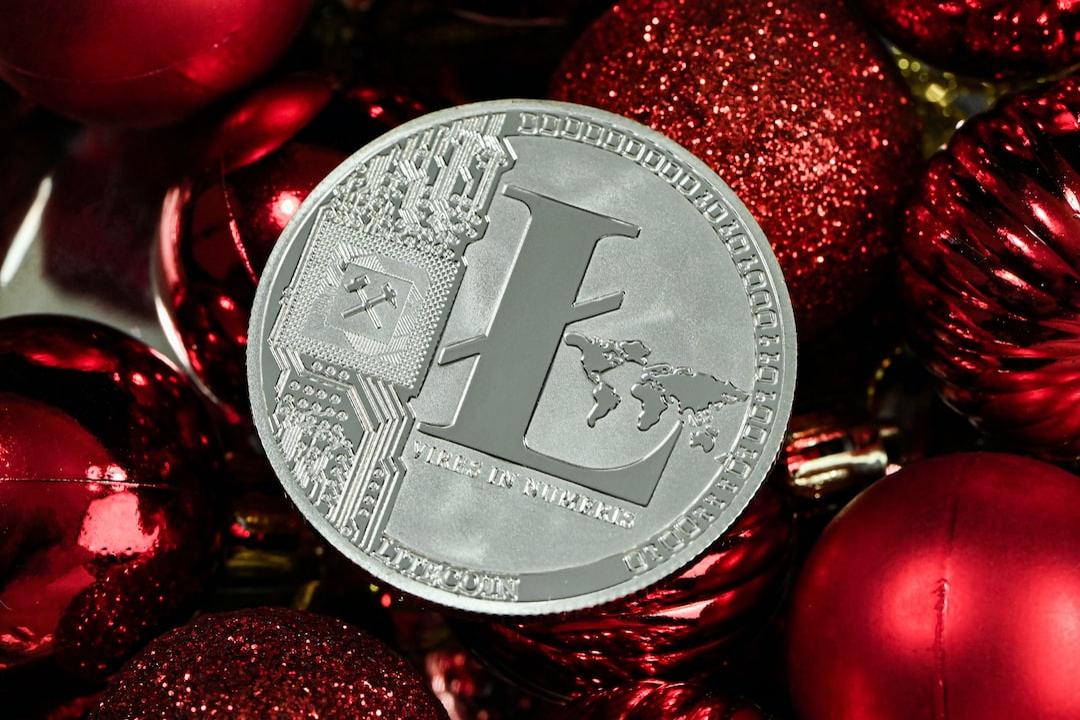
Further reading
Matrixport: MicroStrategy stock price indicates Bitcoin should be at $38K, SEC false news as a sell the news event
MicroStrategy founder Michael Saylor starts daily stock selling plan to buy Bitcoin

